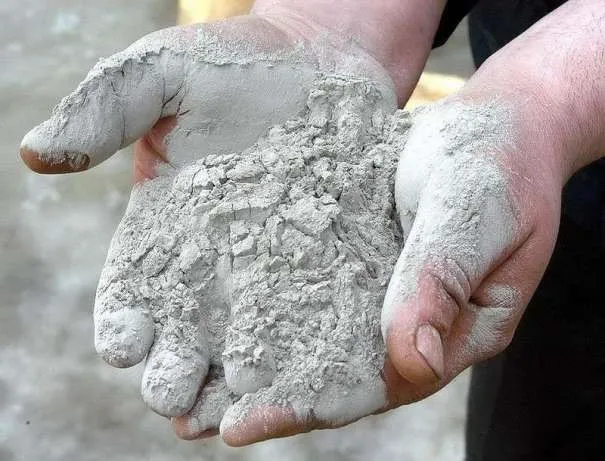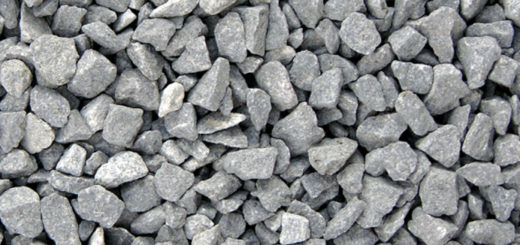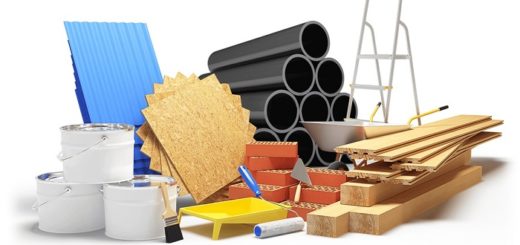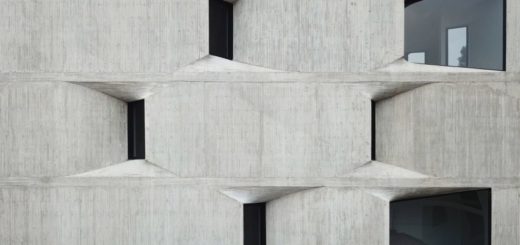Blended Fly Ash Cement: Game-Changer in Portland Cement Production
A blended fly ash cement is created by mixing standard Portland cement with fly ash. The ratio of fly ash to Portland cement varies depending on the desired properties but typically ranges from 10% to 40%.
Fly ash is a byproduct of coal combustion in power plants. It is used as an additive in cement and concrete to increase strength and durability and reduce the amount of carbon dioxide released into the atmosphere.
Fly ash is a byproduct of coal-fired power generation that contains fine particles of clay, silicates, iron oxides, and aluminum. It is collected from the flue gas at high temperatures and then used for various purposes such as construction fill or erosion control in lakes and rivers. Fly ash is also sometimes used as an insulating material in buildings because it has a low thermal conductivity but absorbs moisture from the air to form a stronger seal than clay does in brickwork.
Benefits of using a Blended Fly Ash Cement Mix
Fly ash is a by-product of coal combustion and is a key ingredient in cement. It has been used as an additive to Portland cement for many years, but recently researchers have experimented with blending it with other cement.
The benefits of fly ash blends are that they are cheaper, and reduce the amount of carbon dioxide released into the atmosphere. Fly ash cement mixes can be used to repair cracked concrete, which is a major problem in many parts of the world.
Further, adding fly ash to the cement increases its performance. The use of fly ash as an additive reduces the heat of hydration. Most of the major constructions are required to control the rise of the temperature in the concrete.
Production requirements for producing a BFA Mix
Fly ash cement is a type of blended cement that is produced by mixing fly ash with ordinary Portland cement.
The production requirements for producing a BFA Mix are as follows:
- The composition of the mix must be controlled to produce a clinker with the desired properties.
- The quantity of fly ash must be correctly calculated to produce the required amount of clinker.
- The quality and quantity of water used in the process must be carefully monitored to ensure that the desired properties are achieved.
- The furnace temperature and kiln speed must be controlled to ensure that the correct amount of heat is applied to the raw materials, while also minimizing energy consumption.
How Does BFA Compare to Ordinary Portland Cement?
BFA is a type of cement that is created by blending ordinary Portland cement and fly ash. Fly ash is the powdery residue that accumulates at the bottom of coal-fired boilers. It can be used as a substitute for Portland cement in the production of concrete, mortar, and grout.
BFA has many advantages to ordinary Portland cement, including a lower embodied carbon footprint, higher workability, higher resistance to sulfate attack and alkali-silica reaction (ASR), lower cost of production, greater resistance to freeze-thaw cycles, and more environmentally friendly than ordinary Portland cement.
Mechanical Properties of BFA
The mechanical properties of BFA are determined by the chemical composition, homogeneity, particle size, and particle distribution.
BFA is a kind of bio-based polymer with a wide range of applications. The mechanical properties of BFA are determined by the chemical composition, homogeneity, particle size, and particle distribution.
Other Properties of Blended Fly Ash Cement
Fly ash is a byproduct of coal combustion which is created when coal is burned at high temperatures. It can be used in the production of cement and concrete, where it replaces some of the Portland cement. Fly ash is typically added to the cement at a rate of 10-30% by weight, but many properties differ from traditional Portland cement.
Blended fly ash cement is made by adding fly ash to a blend of other cement such as Portland cement or blast furnace slag cement. They have many properties that make them more desirable than just using traditional fly ash in concrete.




